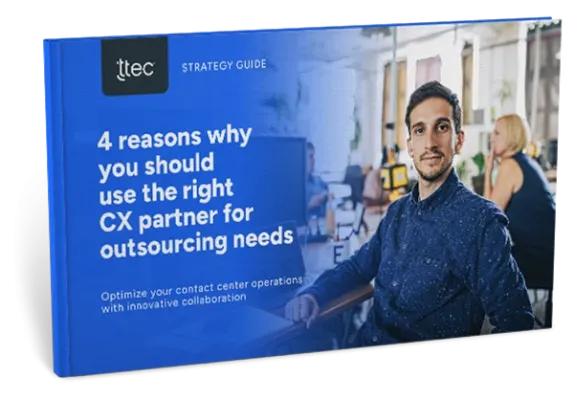Who were the customer experience leaders in 2010? How has the CX landscape changed since then? As businesses enter a new decade, it’s worth reflecting on how the customer experience—and what determines a great experience—have evolved. Forrester’s 2010 and 2019 Customer Experience Indices offer a revealing snapshot of how consumers perceive their experiences with brands and the brands they value. Here are three lessons every business leader can take away from the results.
1. CX leaders can’t afford to be complacent
In 2010, Barnes & Noble took the top spot for the second year in a row in meeting customer needs, being easy to work with, and enjoyability, according to consumer evaluations. However, storm clouds were already gathering.
Critical missteps—not anticipating changes in customer behavior, failing to adapt to a digital marketplace fast enough, and a lack of organizational leadership—brought the giant bookseller to its knees. The lesson is clear: Even companies that are customer favorites can’t afford to be complacent. It’s essential that companies invest in customer-driven innovations with a willingness to fail and learn quickly.
2010 Customer Experience Leaders
1. Barnes & Noble
2. Marriott Hotels
3. Hampton Inn
4. Amazon.com
5. Holiday Inn Express
2019 Customer Experience Leaders
Airlines: JetBlue Airways
Banks: USAA
Digital Retailers: QVC
Multichannel Retailers: Neiman Marcus
Hotels: Residence Inn by Marriott
Source: Forrester’s 2010 and 2019 Customer Experience Indices
2. Today’s competitors cut across industries
It’s telling that the CX Index has expanded from one list to recognizing CX leaders in different industries. In other words, as more and more companies differentiate on the basis of customer experience, companies in every industry must work harder to stand out in ways that matter to their unique customer bases.
But companies are no longer just competing with other companies in the same field; customers expect frictionless and personalized experiences across industries. So, what one business does in one industry could affect what consumers expect from other industries. Savvy business leaders watch for and pay attention to trends in different spaces to understand changing customer preferences.
3. Look to emotion for a competitive advantage
In 2010, enjoyability was one of the criteria used to evaluate a brand’s customer experience. And as more companies competed on the basis of customer experience, customer emotion has received increasing attention in Forrester’s annual CX Index as a way for brands to stand out. “Brands that want to break away from the pack should focus on emotion,” writes Rick Parrish, VP and principal analyst at Forrester, in the 2019 U.S. Customer Experience Index report.
The highest performing brands in 2019 provided an average of 22 emotionally positive experiences for each negative experience, while the lowest-performing 5 percent of brands provided only three emotionally positive experiences for each negative experience (the 2010 index did not measure emotional experiences on the same scale).
Indeed, the most competitive businesses understand which emotions help increase customer loyalty and wallet share. According to the research firm, making customers happy is not the single best way to achieve loyalty. In addition to happiness, customers who feel appreciated, confident, grateful, respected, and valued are most loyal to a brand.
Adapt or move aside
The bottom line is that CX excellence isn’t static; customer expectations and needs change and sluggish companies will soon be toppled. On the other hand, businesses that are willing to learn and adapt have a strong chance of winning customer loyalty and advocacy, regardless of the changes they face.
Are you ready to adapt to changing customer expectations in 2020 and beyond? Learn more about the trends that are shaping the customer experience now and in the future in TTEC’s e-book, The Future of CX 2020.
















